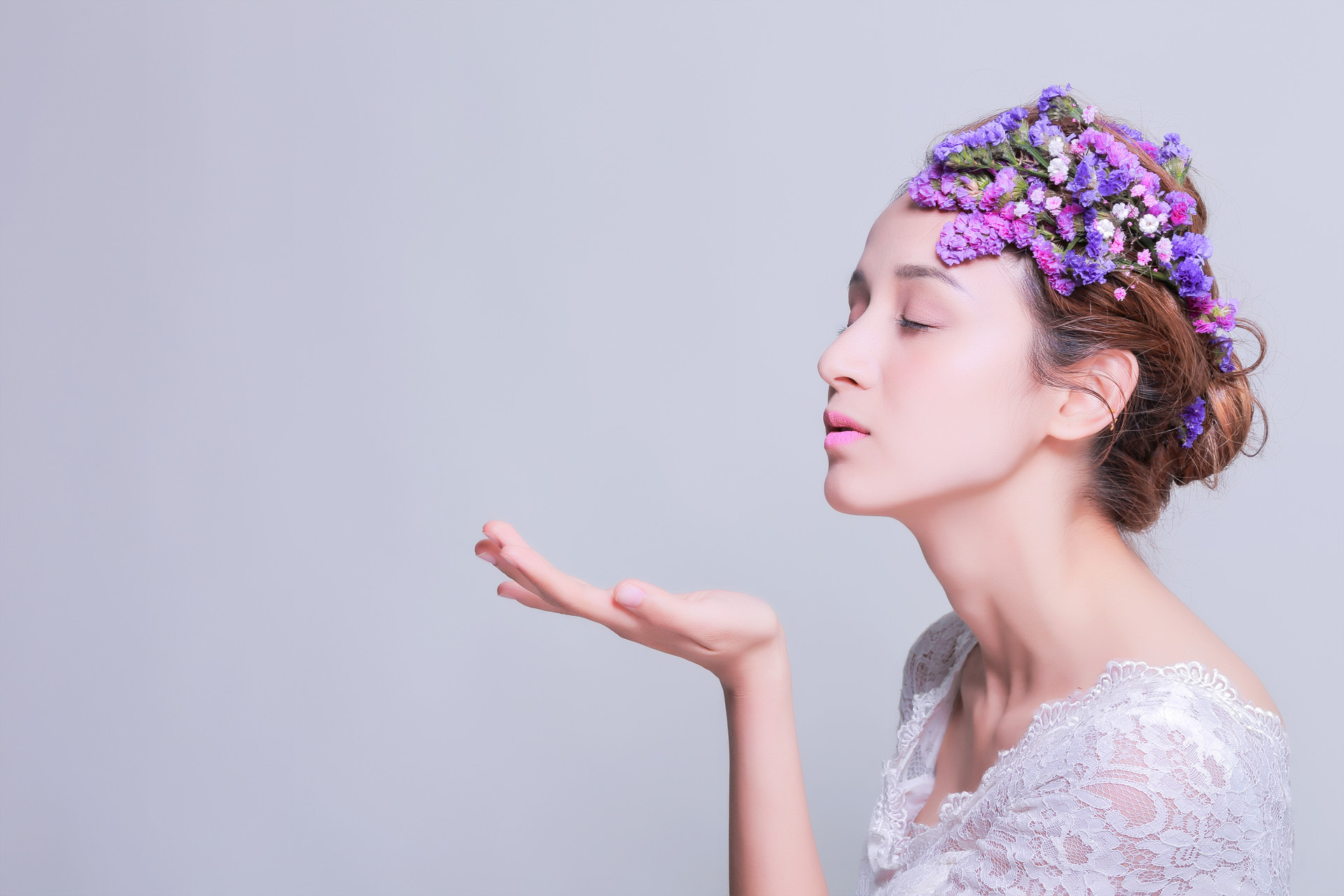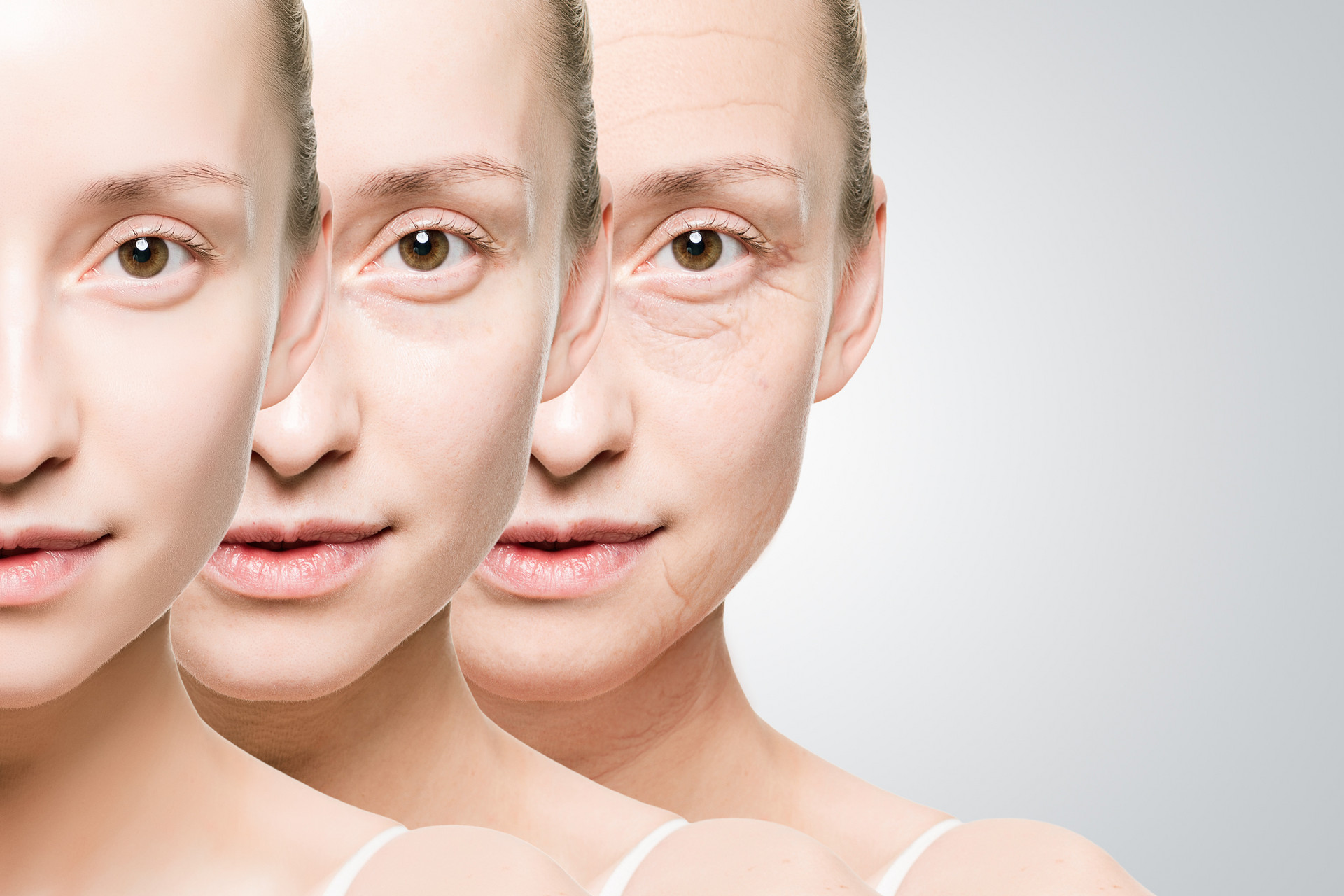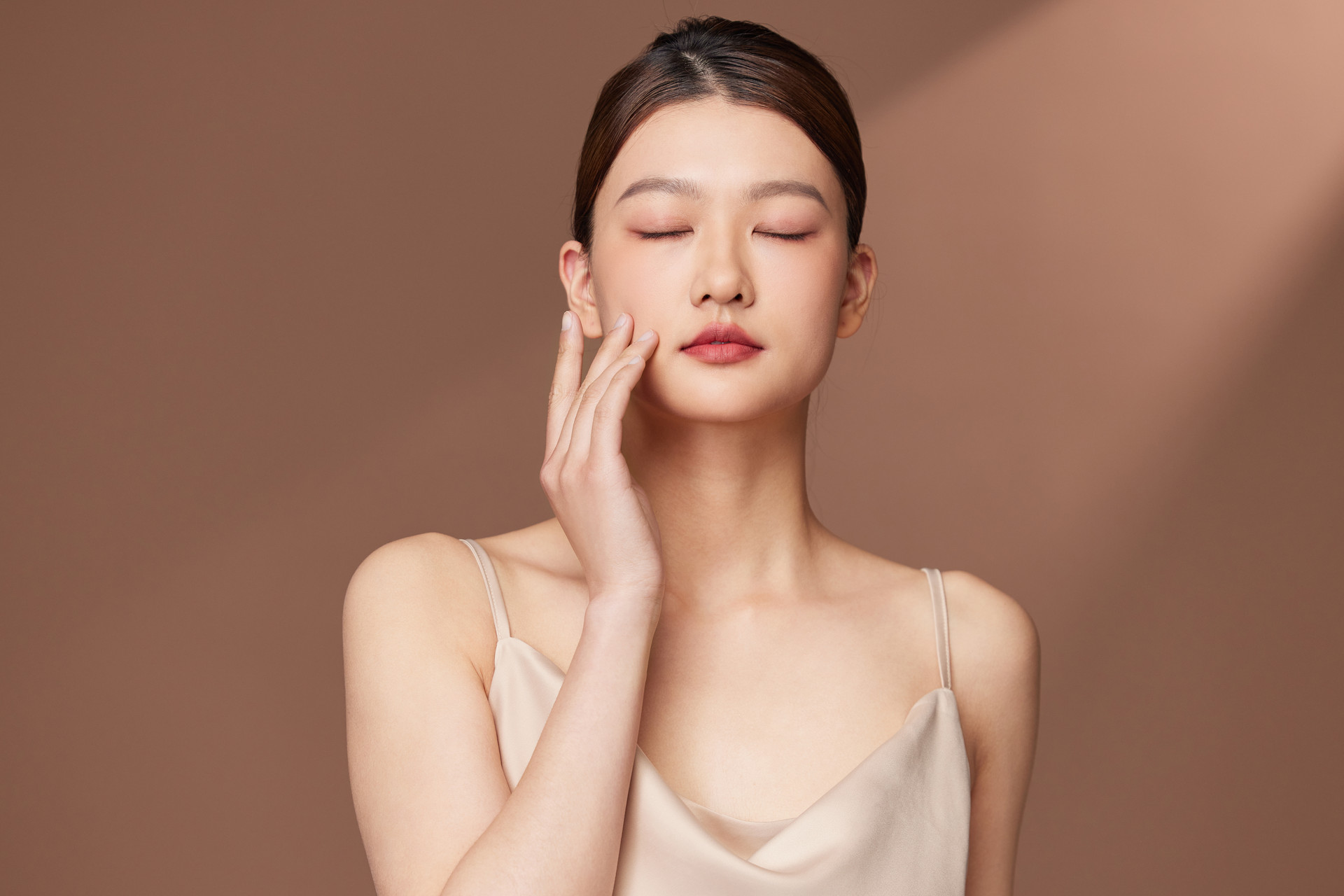"Long hair and short hair both need to be combed." Combing your hair not only promotes blood circulation but also helps your hair grow healthily. However, if you don't comb your hair properly, it can actually damage your hair, causing it to become dry, tangled, dull, and even lead to hair loss.
Common misconceptions about combing hair:
1. Comb all the way through
This is the most common mistake people make. Starting at the roots, combing all the way through from top to bottom not only easily leads to tangled hair but also results in the loss of innocent hair. The correct way to comb your hair is to first hold a section of hair, comb through the tangled ends, then comb from the middle to the ends, and finally comb from the roots to the ends.
2. Combing too quickly
Rushing through combing your hair, especially with a fine-toothed comb, can cause hair to be pulled and eventually lead to breakage.
3. Not cleaning the comb
Many scalp diseases are transmitted through combs. Oil, dust, and other dirt residue on the comb can harbor bacteria, which can then infect the scalp. Therefore, the comb should be cleaned regularly by soaking it in soapy water for 10 minutes, then using an old toothbrush to clean each tooth gap, and finally rinsing it with clean water.
4. Thinking short hair doesn't need to be combed
Regardless of the length of your hair, combing is essential. If you don't comb your hair for a long time, the scalp and hair follicles will lack proper stimulation, which can lead to an unhealthy scalp and ultimately result in hair loss.
5. Not combing the scalp
Many people skim the surface of their hair when combing, which not only fails to remove dirt from the hair but also doesn't promote blood circulation in the scalp. The correct way to comb your hair is to divide it into several sections, such as the top, front, and sides of the head, and then comb gently from the surface to the roots, touching the scalp. This helps transfer the sebum secreted by the scalp to the surface of the hair, forming a natural moisturizing layer and preventing dry and split ends. Lightly brushing the scalp with a comb can stimulate the nerve endings, providing relaxation, relieving fatigue, and promoting sleep.
6. Combing wet hair
Combing wet hair before it has dried completely can damage the unclosed cuticle layer of the hair. It is recommended to comb your hair before washing it, then blow-dry it with a hairdryer or let it air dry before combing.
7. Using a plastic comb
Plastic combs can generate static electricity and damage the hair. It is best to use combs made of natural bristles, as the sebum on the bristles can transfer to the hair, providing moisture. Additionally, combs made of materials like horn or peach wood are also good choices.
8. Backcombing
Some people backcomb their hair to make it appear voluminous and create a feeling of good hair density on the top of the head. However, this actually damages the cuticle scales and, over time, makes the hair lose its nutrients and luster.
Proper way to comb your hair:
1. Choosing a comb
Avoid using nylon combs as they can generate static electricity, which can irritate the scalp and hair. The teeth of the comb should not be too close together. The ideal comb is made of wood or horn, as it can remove dandruff, enhance hair shine, massage the scalp, and promote blood circulation, effectively preventing hair loss. It is also important to have a dedicated comb to avoid spreading skin diseases.
2. Combing time
Comb your hair three times a day: in the morning, after lunch, and before bedtime. Take 10 minutes each time to comb your hair, starting from the forehead and moving down to the neck, combing in all directions, from light to heavy, from slow to fast, with a calm mind and focus. After lunch, spend 5 minutes combing your hair to stimulate the acupoints on the head. Before bedtime, take another 10 minutes to comb your hair using the same method. The nighttime combing can be slower and gentler, with closed eyes and a clear mind, allowing for a head massage before sleep to improve the quality and feel of sleep.
3. Combing sequence
When combing long hair, start from the ends and work your way up in sections to avoid unnecessary hair loss. When combing short hair, start from the roots and comb towards the ends for a more comfortable combing experience and better fitness effect.
4. Combing strength
Avoid applying too much force when combing your hair, as it can damage the scalp. If the scalp is damaged, you can use your fingers instead of a comb. Start with light pressure and gradually increase the strength.
Foods that can make your hair thicker:
1. Soybeans and black beans
Legumes contain high levels of plant-based protein, with over 30 grams of protein per 100 grams of soybeans. Legumes also contain some plant estrogen, which is particularly beneficial for female hair health.
2. Black sesame
Black sesame is a small "nutritional warehouse" with high levels of protein, vitamins, minerals, and rich lecithin. Lecithin is considered a beneficial component for brain vitality and also promotes hair growth and development.
3. Meat
Animal protein is more valuable than plant protein. It is now recommended to eat poultry (chicken, duck, etc.) and fish, as they have lower fat content and higher unsaturated fatty acids, which are more beneficial to health.
4. Whole grains
Whole grains include a wide range of foods such as corn, purple rice, oats, buckwheat, and various beans. Whole grains have the advantage of lowering cholesterol, which has an indirect effect on promoting hair growth. Whole grains also have a high content of vitamin B2, which is beneficial for hair.






